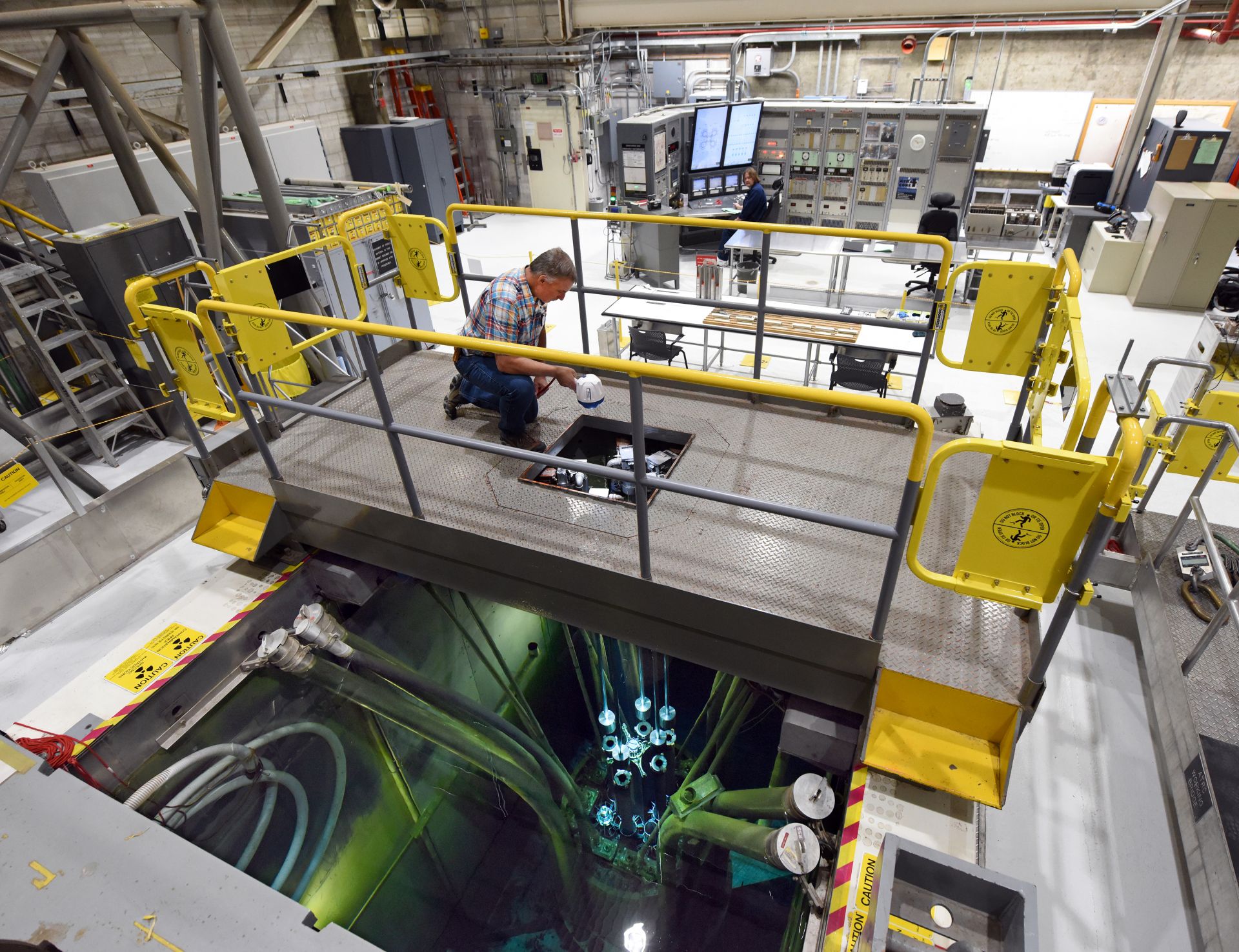NRC okays power uprate for Farley units

The Joseph M. Farley nuclear plant, in Columbia, Ala.
The Nuclear Regulatory Commission has approved Southern Nuclear Operating Company’s request to increase the capacity of the two Farley reactors by approximately 1.7 percent. The company applied for the requisite operating license amendments on October 30 of last year. The NRC issued the amendments on October 9.
Located in Columbia, Ala., the Farley plant houses two three-loop Westinghouse pressurized water reactors. Unit 1 was connected to the grid in 1977, and Unit 2 came on line in 1981.
According to an NRC press release on October 21, NRC staff determined that Southern Nuclear could safely increase both reactors’ heat output, primarily through more accurate means of measuring feedwater flow. Southern Nuclear is also improving some plant systems not regulated by the NRC to more efficiently convert the increased reactor output to electricity.







 The Nuclear Regulatory Commission last week announced the publication of the 2020–2021 Information Digest, which describes the agency's mission, responsibilities, accomplishments, and activities and provides general information on nuclear-related topics. The digest is published annually and, beginning this year, will be available electronically only on the NRC’s website.
The Nuclear Regulatory Commission last week announced the publication of the 2020–2021 Information Digest, which describes the agency's mission, responsibilities, accomplishments, and activities and provides general information on nuclear-related topics. The digest is published annually and, beginning this year, will be available electronically only on the NRC’s website.

 Communities that host nuclear power plants face “swift and severe” economic and social impacts following a plant’s closure, according to a report by the Nuclear Decommissioning Collaborative that was released on October 12. The free, 61-page report,
Communities that host nuclear power plants face “swift and severe” economic and social impacts following a plant’s closure, according to a report by the Nuclear Decommissioning Collaborative that was released on October 12. The free, 61-page report,





